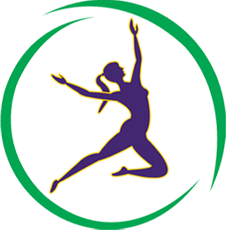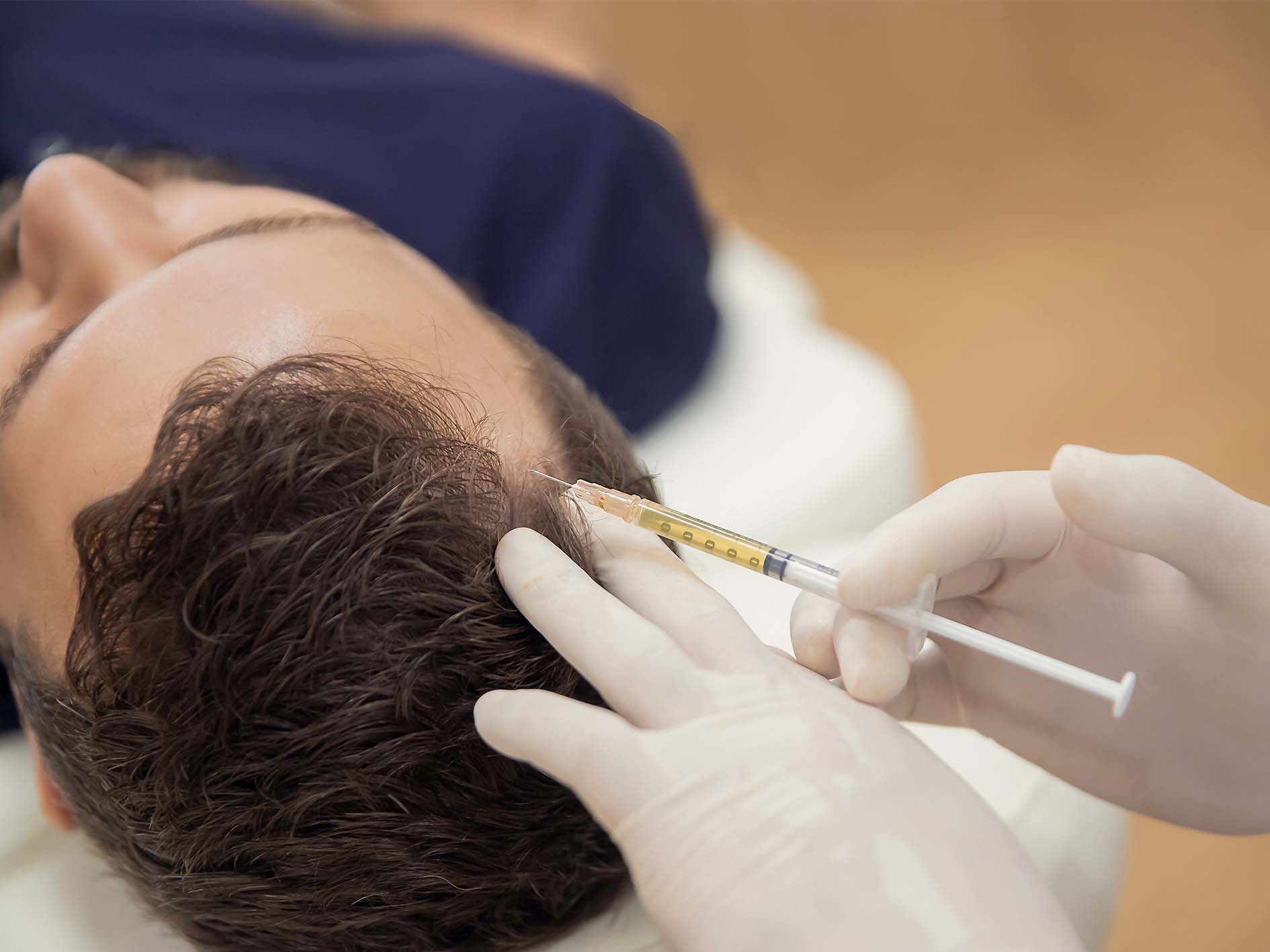What is A facelift?
Also called rhytidectomy,it is a surgical procedure that improves visible signs of aging due to gravity, sun damage, heredity and stress in the face and neck, such as sagging,Deepening of the fold lines between the nose and corner of the mouth,Jowls developing in the cheeks and jaw,Loose skin and excess fat of the neck that can appear as a double chin or “turkey neck”
What facelift surgery can’t do
A facelift does not change your fundamental appearance and cannot stop the aging process.
Who can undergo Facelift ?
Good candidates for a facelift include:
- Healthy individuals who do not have medical conditions that impair healing
- Nonsmokers
- Individuals with a positive outlook and realistic expectations
What are Facelift risks?
Although rare, it includes:
- Anesthesia risks
- Bleeding
- Infection
- Poor wound healing and skin loss
- Facial nerve injury with weakness
- Temporary or permanent hair loss at the incisions
- Fluid accumulation
- Numbness or other changes in skin sensation
- Persistent pain
- Unfavorable scarring
- Prolonged swelling
- Skin irregularities and discoloration
- Unsatisfactory results may include
What are the different types of Face Lift?
Traditional Facelift
A traditional facelift incision often begins in the hairline at the temples, continues around the ear and ends in the lower scalp
Limited Incision
“Mini-lifts” are usually reserved for patients with less skin relaxation, as the results are less rejuvenating than a full facelft.
Will the scars show through ?
Once healed, the incision lines from a facelift are well concealed within the hairline and in the natural contours of the face and ear.
What is the downtime for results ?
The visible improvements of a facelift appear once swelling and bruising subside.While most people are presentable to the public within 10-14 days, it will take 2-3 months for the face to feel “back to normal” in terms of texture, sensibility and loss of tightness.Continuing daily sun protection and a healthy lifestyle will help extend the results of your facelift.
What is Neck Contouring Surgery or Neck Lift?
A neck lift addresses the sagging jowls, loose neck skin and fat accumulation under the chin ,creating a firmer, smoother and more refined appearance to the neck and chin. Neck contouring can also help restore balance to facial features by providing a better defined jawline that frames the rest of the face.
What is Neck Liposuction?
Liposuction removes excess fat, but cannot significantly improve sagging skin. Hence useful in younger patients with good skin elasticity, which is necessary for the skin to contract smoothly and evenly after liposuction.
What should I know of Neck Lipo and aftercare?
- It is a fairly quick procedure, and many times can be performed using local anesthesia.It is done through 1 or 2 tiny incisions, concealed beneath the chin or behind the ears. Following the procedure, patients typically wear a special supportive chin strap for about 3 or 4 days, return to work within 1 week, and be ready to return to full activity after about 2 weeks. It is typical to experience some swelling and bruising after neck liposuction; this should resolve during the first 10 to 14 days after surgery. Results are permanent so long as a patient maintains a stable weight
What should I know of Neck Lift Surgery?
Neck Lift
The neck lift incision often begins in front of the ear lobe and wraps around behind the ear, and ends in the posterior hair behind the ear.
A neck lift procedure is typically performed as an outpatient procedure under general anesthesia or intravenous sedation.
What is the recovery time for NECkLift ?
Recovery time after a neck lift will depend on the individual, as well as the extent of surgery. Typically, patients return to daily activities, including a return to work, within 2 weeks after surgery. Expect your neck to feel tight for a few weeks, and know that bruising and swelling are normal and typically gone after the first week.
Why is Combining Neck Contouring & Facial Procedures advisable ?
As the face, eyes and neck work together to create a person’s facial appearance, it is common to combine face and neck procedures to achieve a patient’s goals. Doing so helps to ensure a smooth, refined lines and naturally balanced appearance.
What does a brow lift do ?,
Also known as a forehead lift:
- Reduces the wrinkle lines that develop horizontally across the forehead, as well as those that occur on the bridge of the nose, between the eyes
- Improves frown lines, the vertical creases that develop between the eyebrows
- Raises sagging brows that are hooding the upper eyelids
- Places the eyebrows in an alert and youthful position
What are Brow lift surgery risks?
- Anesthesia risks
- Bleeding
- Loss of hair around the incisions
- Elevated hairline
- Eye irritation or dryness
- Facial asymmetry
- Fluid accumulation
- Infection
- Numbness or other changes in skin sensation or intense itching
- Pain, which may persist
- Poor wound healing
- Possibility of revision surgery
- Skin loss
- Unfavorable scarring
What to expect about the results and post surgery ?
You should keep your head elevated and perform no vigorous physical activity for as long as your surgeon recommends. Do not use ice or heat on the operated area.
The results of your brow lift surgery are immediately visible. Over time, post-surgical swelling will resolve and incision lines will fade.
The final results of your surgery will appear over the next few months.
Life-long sun protection will help to maintain your rejuvenated appearance by minimising sun damage. A healthy lifestyle will also help extend the results of your surgery.








